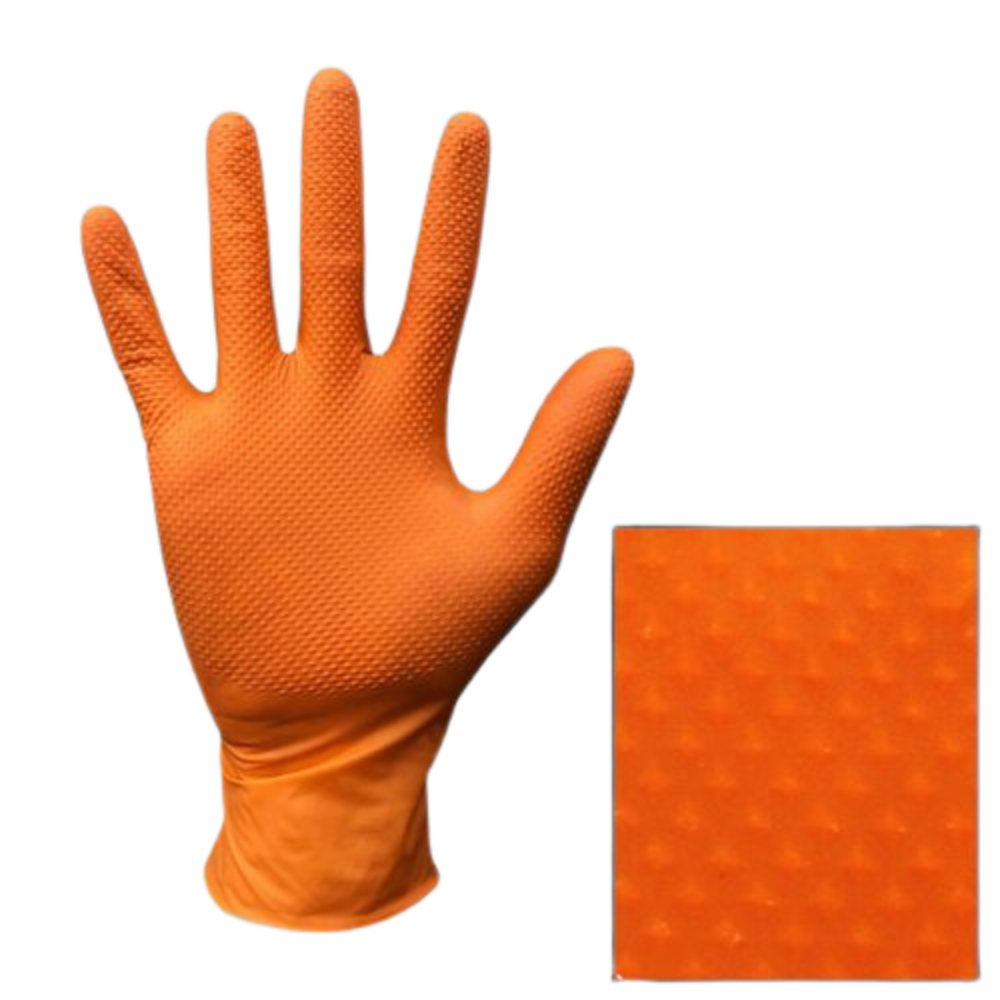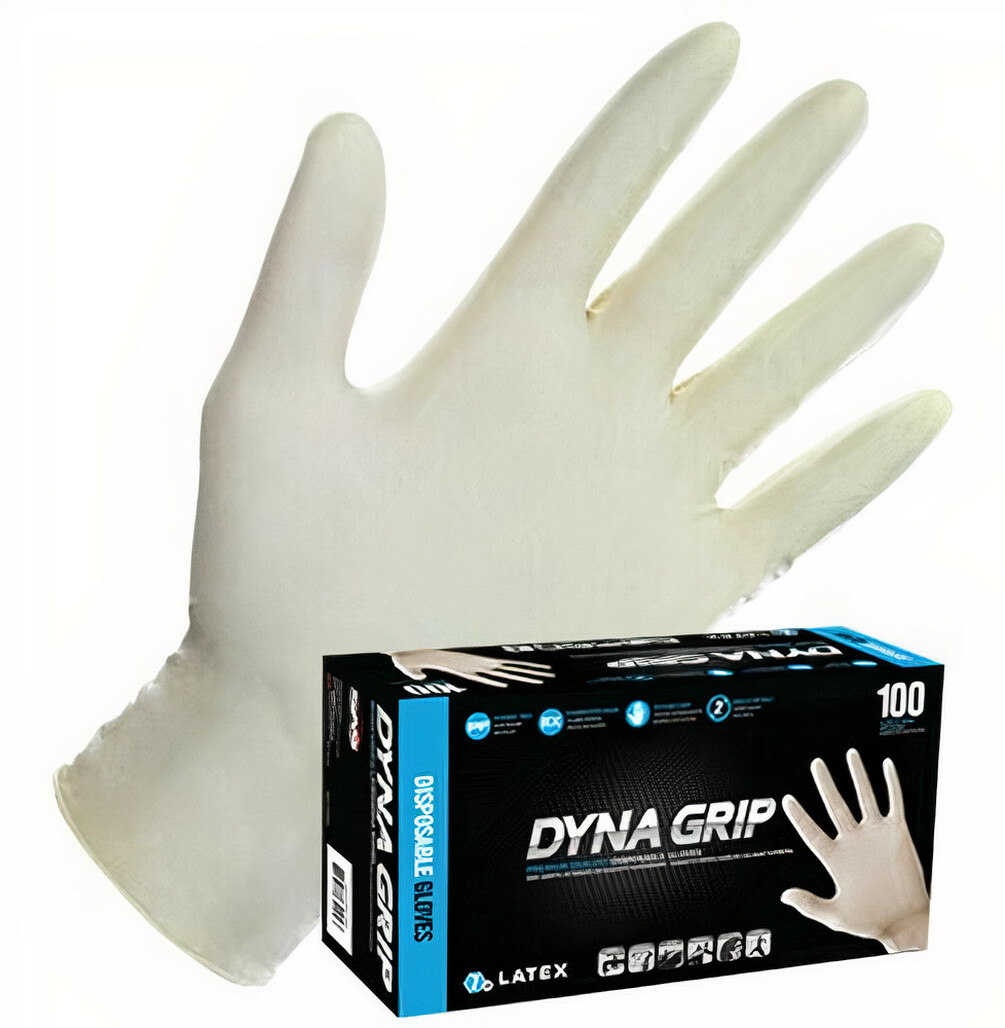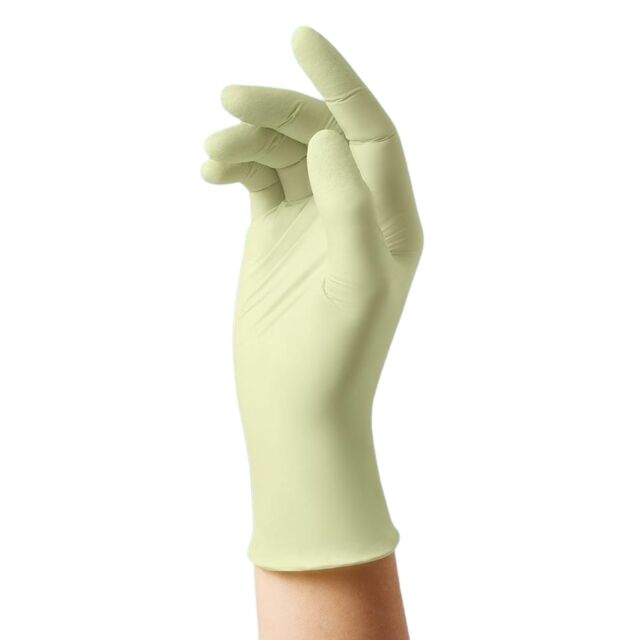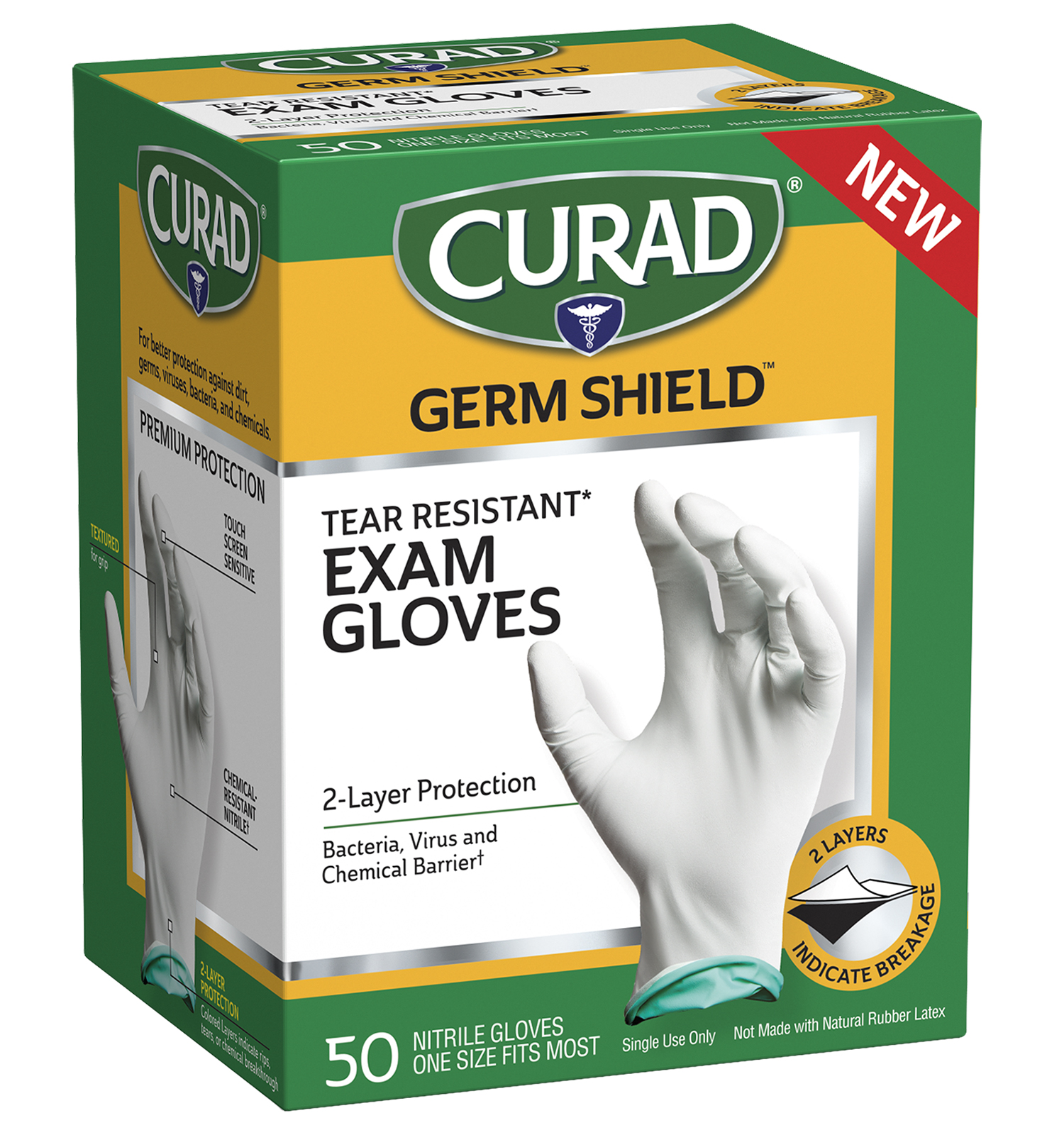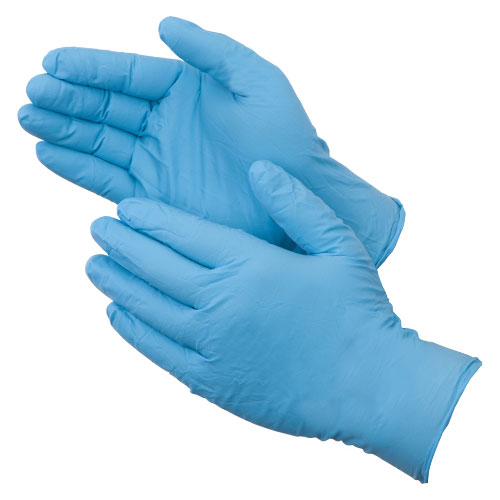The Best Gloves for Painting - A Comprehensive Guide

Introduction
Painting can be a messy job. Whether you are a professional painter, weekend warrior, or a DIY enthusiast, gloves protect your hands from chemicals, solvents, and stains. This article will discuss the importance of using gloves for painting and the types of gloves available in the market.
Factors to Consider When Choosing Painting Gloves
1. Type of Paint
The type of paint you’re using will largely influence the type of gloves you need. For water-based paints, latex or nitrile gloves are usually suitable.
However, nitrile gloves offer better chemical resistance for oil-based paints and projects involving solvents.H2: Proper Care and Maintenance of Painting Gloves
To get the most out of your painting gloves, follow these simple tips for proper care and maintenance:
- Always store your gloves in a cool, dry place away from direct sunlight.
- Inspect your gloves for damage before each use, and discard any gloves that are torn or compromised.
- Wash cotton gloves regularly to maintain their cleanliness and performance.
- Dispose of latex, nitrile, and vinyl gloves after use, as they are not designed for multiple uses.
2. Material
Gloves for painting can either be disposable or reusable. Disposable gloves for painting come in various materials, including latex, nitrile, and vinyl. Reusable work gloves are often nitrile coated for an additional grip.
Nitrile gloves are durable, chemical-resistant, and hypoallergenic, making them a popular choice for painters. Latex gloves provide excellent flexibility and dexterity but may cause allergic reactions in some individuals. Vinyl gloves are an affordable option, but they may not offer the same level of protection as latex or nitrile gloves.
3. Size and fit
A proper fit is crucial for comfort and dexterity. There’s no point in having a glove that doesn’t fit you or that you don’t want to wear. A tight glove can restrict your movement, causing you to flounder at work. Whereas a loose glove won’t provide adequate protection.
Measure your hand and refer to the manufacturer’s sizing chart to ensure the best fit.
4. Durability
Choose gloves that are puncture-resistant and designed for extended use. When seeking reusable work gloves, look for reinforced fingertips and palms for added protection.
When buying disposable gloves for painting, choose at least 5 millimeters of thickness to prevent rips and tears.
5. Grip and dexterity
Painting gloves with textured fingertips improve grip and provide excellent dexterity. Easily maintain control and precision when painting when using textured gloves.
6. Price
While cost should not be the only factor in your decision, finding gloves that offer the best value for your budget is essential.
Reusable gloves are more cost-effective in the long run than disposable gloves. Investing in a high-quality pair of reusable gloves can save painters money.
Types of Painting Gloves
Latex Gloves
Latex gloves are a popular choice for painting projects due to their affordability, elasticity, and comfort. They provide good tactile sensitivity, making them ideal for detailed work. However, they’re not the most durable option and can tear easily. Additionally, some people may have a latex allergy, making these gloves unsuitable for them.
Pros of Latex Gloves
- Affordable
- Comfortable and elastic
- Good tactile sensitivity
Cons of Latex Gloves
- Often not reusable
- Not suitable for people with latex allergies
Nitrile Gloves
Nitrile gloves are a great alternative to latex gloves, providing similar comfort and dexterity. They are made from synthetic rubber, making them suitable for those with latex allergies. Nitrile gloves are more durable and resistant to chemicals, including solvents commonly found in paints.
Pros of Nitrile Gloves
- Durable and chemical-resistant
- Suitable for people with latex allergies
- Good tactile sensitivity
Cons of Nitrile Gloves
- Slightly more expensive than latex gloves
- Can be less comfortable for extended use
Vinyl Gloves
Vinyl gloves are another option for those with latex allergies. They are made from PVC and offer a more affordable alternative to nitrile gloves. However, vinyl gloves provide less dexterity and tactile sensitivity than latex and nitrile gloves, making them less suitable for detailed painting work.
Pros of Vinyl Gloves
- Exceptional affordability
- Suitable for people with latex allergies
- Easy to put on and remove
Cons of Vinyl Gloves
- Less dexterity and tactile sensitivity
- Not as durable as nitrile or latex gloves
Cotton Gloves
Cotton gloves are an excellent choice for painting projects that don’t require protection from chemicals or solvents. They provide comfort and breathability, making them ideal for extended use. However, they do not offer the same level of chemical resistance as latex, nitrile, or vinyl gloves.
Pros of Cotton Gloves
- Comfortable and breathable
- Ideal for extended use
- Good for light painting tasks
Cons of Cotton Gloves
- Limited chemical resistance
- Not suitable for projects involving solvents or harsh chemicals
The 5 Best Painting Gloves You Can Buy in 2023
1. SAS Safety Corp. Raven Gloves
Raven Gloves are high-quality, disposable nitrile gloves known for their durability and performance. They come in different sizes, from small to extra-large, ensuring a proper fit for most people. These powder-free gloves feature textured fingertips, providing excellent grip and dexterity. Raven Gloves are also known for their black color, which helps hide dirt and stains, making them ideal for painting tasks.
Benefits:
- Durable nitrile material
- Protects against common chemicals and solvents
- Textured fingertips for an ideal grip
- Black color hides stains
Downsides:
- Slightly more expensive than alternative gloves
Choose Raven gloves by SAS Safety Corp. if you need a reliable disposable painting glove. These gloves are our #1 pick for tattoo gloves, and with good reason. You’ll appreciate how the black nitrile hides stains and the heavy-duty material doesn’t rip or tear during use.
2. P-Grip Ultra-Thin Polyurethane (PU) Coated Nitrile Work Glove
P-Grip Gloves are not explicitly designed for painters, but they are packed with features making them ideal for these types of work. These gloves offer a perfect balance of comfort, protection, and dexterity.
P-Grip gloves feature a seamless knit liner that is comfortable for extended tasks because of its natural breathability and temperature management. The outer layer is coated with a durable polyurethane coating for added grip.
Because these gloves are reusable, you’ll save money on disposable painting gloves.
Benefits:
- Comfortable, reusable painting gloves
- Protects against oil, ink, and solvents
- Save money and the environment by using reusable gloves
- XS to 2XL gloves in stock
Downsides:
- Gloves are thicker than disposable alternatives, potentially impacting the ability to paint precisely.
Try P-Grip gloves for a great price for a reusable painting glove.
3. Curad Germ Shield Nitrile Exam Gloves
Curad White Nitrile Gloves offer exceptional value for painters seeking protection and comfort. These gloves are made from high-quality nitrile material, which won’t inflame latex allergies and will withstand household chemicals and solvents.
The textured surface provides an enhanced grip, allowing for precise control when handling brushes and rollers.
Benefits:
- Trusted Hospital Brand
- EN388 Certified Tear Resistant
- One size fits most
Downside:
- The size available most closely resembles a large
Get optimal dexterity and comfort with Curad White Nitrile Gloves. Try them out today.
4. SAS Safety Corp. Astro-Grip Orange Nitrile Gloves
Astro-Grip Nitrile Gloves offer superior protection and grip compared to alternative disposable painting gloves. SAS Safety Corp. manufactures its gloves with a premium nitrile glove that is puncture and chemical resistant.
The gloves offer a reliable barrier against paint solvents and other chemicals. Plus, the textured fingertips provide exceptional grip, allowing you to confidently handle brushes, rollers, and other painting tools.
Benefits:
- Premium nitrile rubber
- Powder-free and latex-free
- Textured material improves grip
Astro-Grip Nitrile Gloves cater to a wide range of users, including those with sensitivities to latex. These gloves offer a comfortable fit for first-time or experienced painters.
5. Grabber Nitrile Gloves
Grabber Nitrile Gloves are ideal for painting professionals seeking reliable hand protection and exceptional grip. Constructed from high-quality nitrile, these gloves resist punctures and chemicals, safeguarding your hands from paint solvents and other potential hazards.
Benefits:
- Diamond textured nitrile rubber
- Affordable nitrile gloves
- Beloved by painters
Try Grabber Gloves today to take advantage of its textured fingertips to confidently hold your brush, rollers, or other painting accessories.
Frequently Asked Questions
Can I reuse painting gloves?
Latex, nitrile, and vinyl gloves are generally designed for single-use. However, cotton gloves can be washed and reused multiple times.
How do I know what size gloves to buy?
Refer to the manufacturer’s sizing chart to determine the appropriate size for your hands. Most gloves come in small, medium, large, and extra-large sizes.
Can I use regular household gloves for painting?
While regular household gloves may provide some protection, they may not offer the same level of chemical resistance and dexterity as gloves specifically designed for painting tasks.
Conclusion
In conclusion, choosing the best gloves for painting is necessary to ensure a safe, comfortable, and effective painting experience. The best painting gloves protect against common chemicals and solvents without impacting your grip.
We recommend reusable work gloves for those seeking the best value, whereas disposable gloves suit most cases. Raven Gloves, Curad Gloves, and P-Grip gloves offer different pros and cons to cater to your preference.
By selecting suitable gloves for your painting projects, you can ensure a more enjoyable and productive experience while maintaining the highest standards of safety and comfort.


